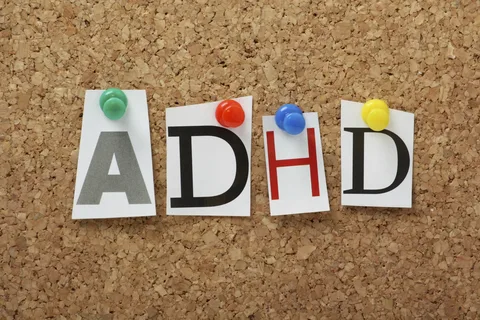Using Movement to Its Full Potential: Exercise and ADHD
Millions of people worldwide are afflicted with Attention Deficit Hyperactivity Disorder (ADHD), a neurodevelopmental disorder marked by impulsive behavior, hyperactivity, and difficulty maintaining focus. Although doctors often recommend medication and therapy to treat ADHD, there is mounting evidence that physical exercise also plays a significant role in treating the disorder’s symptoms. In this piece, we examine the particular advantages of physical activity for people with ADHD and show how it may be an effective tool for their wellbeing and management.
Comprehending ADHD:
Prior to exploring the advantages of exercising, it is critical to comprehend the characteristics of ADHD. People with ADHD experience difficulties in their personal, professional, and academic life. It frequently appears in childhood and continues throughout maturity, posing difficulties with time management, organization, and emotional control. Therapy and medicine both aid in symptom management, but they might not be appropriate for everyone. Here’s where complementary therapies like physical activity are useful.
The Connection Between ADHD and Exercise:
Regular physical activity appears to considerably reduce symptoms of ADHD, according to research. Exercise causes our brains to release neurotransmitters such as norepinephrine, serotonin, and dopamine, which are important for mood regulation, focus, and impulse control—areas that people with ADHD frequently struggle with. Exercise also encourages the creation of new brain cells and improves communication between different parts of the brain, which can help with executive control and cognitive function—two more abilities that are hampered by ADHD.
Exercise’s advantages for ADHD
Improved Focus and Attention: Exercise improves focus and attention by increasing blood flow to the brain. This can lead to improved concentration for ADHD sufferers, enabling them to focus for extended periods of time.
Decreased Hyperactivity and Impulsivity:
Exercise provides a way to blow off steam, which helps to lessen the hyperactive and impulsive tendencies that are frequently associated with ADHD. Exercises that promote self-control and discipline, such as yoga, martial arts, and team sports, help people develop behavioral control.
Better Mood and Self-Esteem:
Exercise triggers the body’s natural mood enhancers, endorphins, to be released. Frequent physical activity can improve self-esteem and general well-being by lowering anxiety and depressive symptoms that are frequently linked to ADHD.
Improved Sleep Quality:
Sleep problems are a common issue for people with ADHD. By encouraging relaxation and lowering insomnia, exercise aids in the regulation of sleep patterns. Restorative sleep, in turn, improves emotional stability and cognitive performance.
Social Engagement: Taking part in team sports or group activities offers chances for peer support and social engagement, which are crucial elements for emotional growth and the development of interpersonal skills, which can be difficult for people with ADHD.
Including Exercise in Everyday Activities:
For those with ADHD, regular exercise can have a big positive impact on daily living. The following useful advice can help you include exercise into your daily routine:
Choose interesting and engaging activities to engage in: Whether it’s swimming, cycling, dancing, or hiking, pick something you enjoy doing. This makes it more likely that you will maintain your workout schedule.
Establish attainable goals at first. As your stamina increases, progressively up the intensity and duration of your efforts. Reward yourself for making progress to keep yourself inspired.
Make a planned timetable: Decide on a regular workout regimen and work it into your weekly or daily plans. To get the most out of exercise over the long run, consistency is essential.
Make it social: To make it more pleasurable and socially fulfilling, work out with friends, family, or enroll in group classes. Your motivation and commitment to your fitness goals can be improved by the companionship and encouragement of others.
Divide it up: If scheduling a lengthy workout seems impossible, divide it up into smaller sessions spaced out throughout the day. Exercise, even short bursts, can help control the symptoms of ADHD.
In summary:
Exercise has numerous physical, emotional, and cognitive advantages and is a highly effective and easily accessed technique for controlling symptoms of ADHD. People with ADHD can enhance general well-being, decrease impulsivity, and improve focus by engaging in regular physical activity. Movement, whether it be through team sports, outdoor activities, or planned workouts, is the key to helping people with ADHD reach their full potential. So let’s put on our sneakers, head to the gym, and take use of exercise’s transformational potential for a future that is brighter and more focused.


